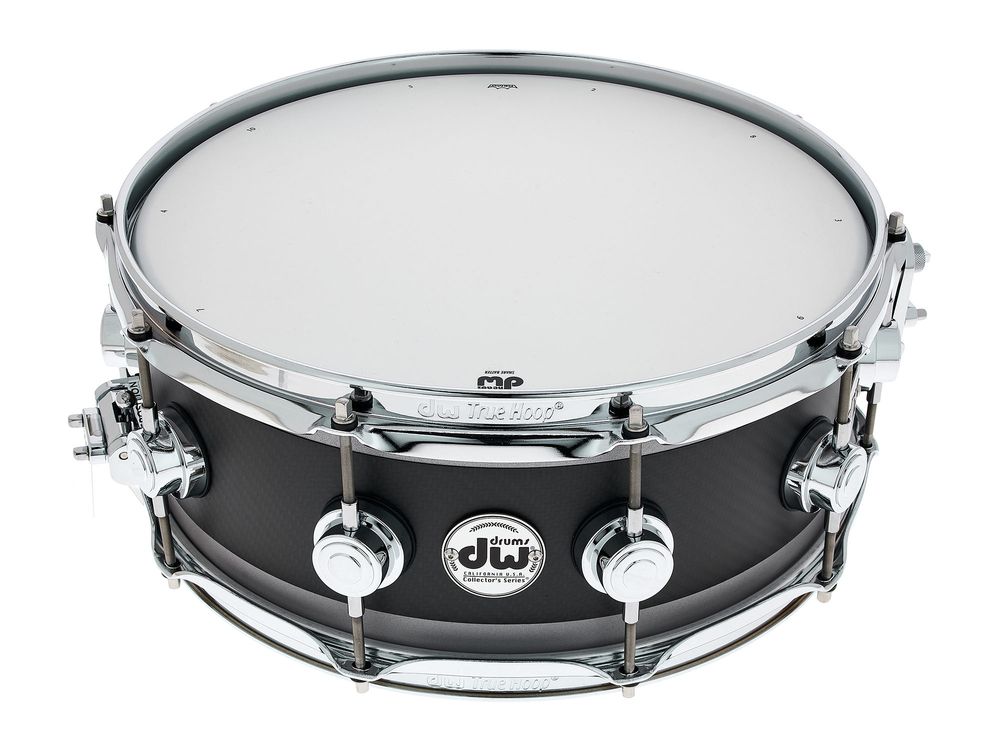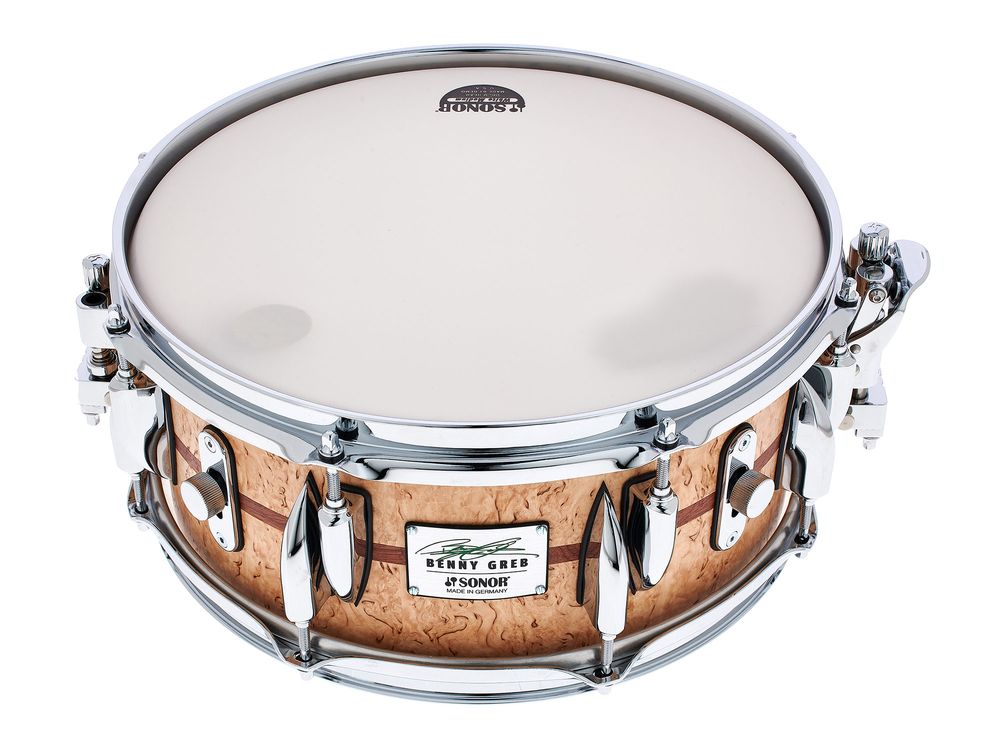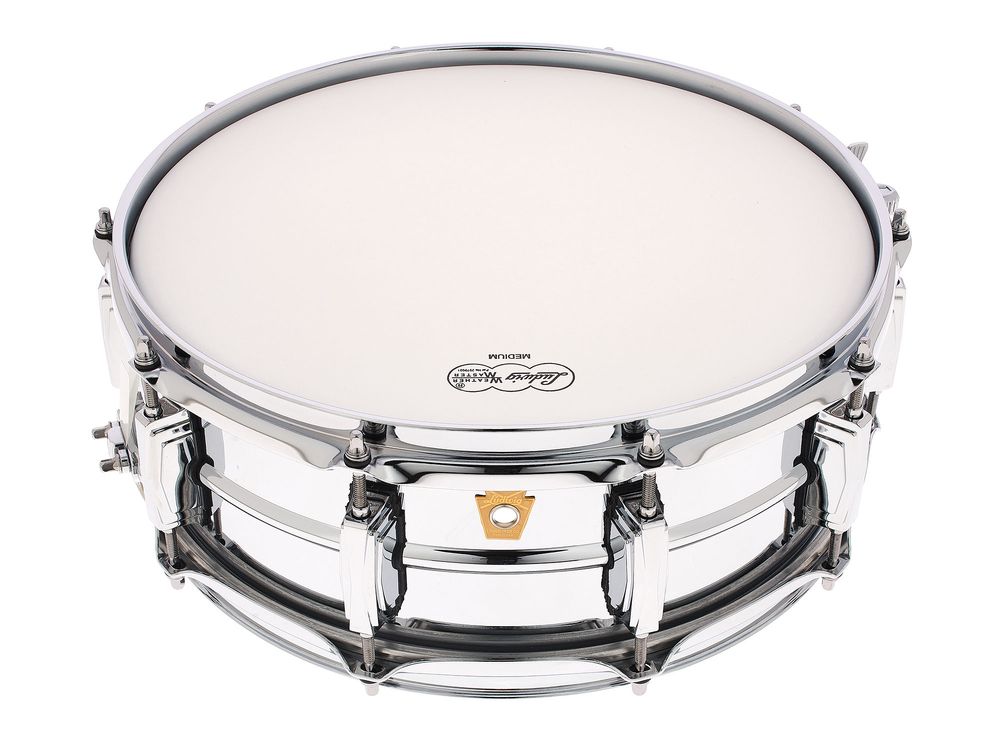5. Which snare should I select?
In principle, there aren't "wrong" snare drums, only wrong snare drums for the style of music being played. A Scottish Pipe Band snare drum would be completely inappropriate to use at a Jazz gig. Therefore the question should be what type of snare will suit the music you commonly play.
Your needs may dictate an unusual choice. If you play Second Line music in New Orleans inspired Cajun band, a snare that does double duty as a parade drum and a drum kit snare may be ideal for you.
If you play in a concert band or orchestra, wooden drums are usually preferred, though darker sounding metals such as copper may be used as well. Metal drums usually lack the rich warmth of wood and have too much attack for this use.
If you're selecting a snare drum for your drum kit, first determine what type of music and what volume requirements you have. If your band plays very loudly you might want a metal snare that can project well. If youre playing Jazz in lower volume situations, a wooden drum might offer the warmth you seek without adding too much volume. If you play in a 1980's Hair Metal cover band an 8-inch deep wood snare may offer the fat deep snare tone the style was known for. If you're going to be playing clubs, concerts, or recording, microphones may negate the need to choose a loud drum that projects far, allowing you to select a drum based solely on its tone.
Will you be using the drum for one style of music or many? If you'll be playing a variety of styles, a standard depth will probably be more appropriate. A depth of between 5 and 6.5-inches will probably be a better choice than a very shallow or deep drum. Similarly, if you're playing a lot of ska and reggae music, a 13-inch diameter "piccolo" drum may offer the higher pitch you require. Smaller snares (10-12 inches) are sometimes referred to as "popcorn" snares for their distinctive, bright and short "pop" sound and are often used in modern rock music. Your ear is ultimately the best guide.
A second snare drum of a different type can add sounds to your palette. If you own a metal drum, consider a wooden one as a second snare. If you own a wooden drum, you may also want to consider a smaller diameter metal snare. Often drummers use a drum like this to the left of their hi-hat to have an alternative and brighter sound for styles such as R 'n' B and hip hop. You can also release the wires and use the drum as a "poor man's" timbale.





